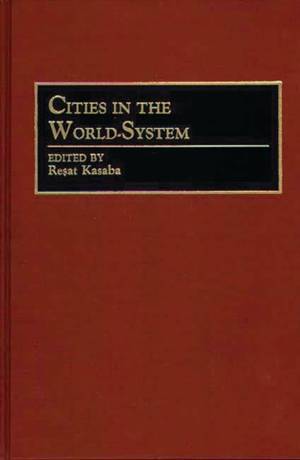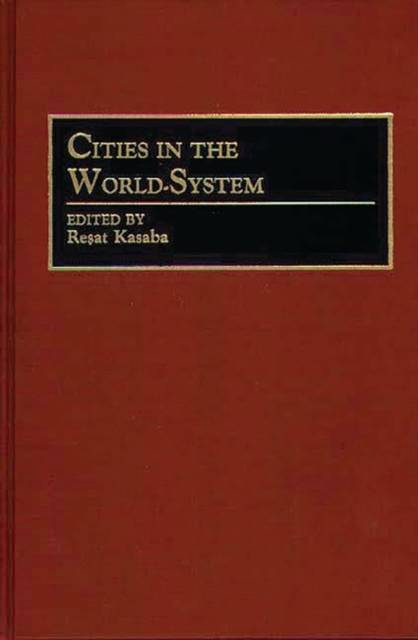
- Afhalen na 1 uur in een winkel met voorraad
- Gratis thuislevering in België vanaf € 30
- Ruim aanbod met 7 miljoen producten
- Afhalen na 1 uur in een winkel met voorraad
- Gratis thuislevering in België vanaf € 30
- Ruim aanbod met 7 miljoen producten
Omschrijving
The contributors to this collection question the boundaries and limitations that are imposed on the study of cities by urban sociology. They do not disagree that during most of their history, the regions and peoples of the world have been organized hierarchically and that there are differences that need to be explained. But they see the processes and relations that link regions and people together as the main factor that explains these differences. It is the differentiation and not the differences per se that constitute this volume's focus and, in its respective accounts, taking care not to privilege any one region or time period on the basis of its presumed special characteristics. Against this background the book is divided into three parts. Part one deals with places outside of western Europe and with times that preceded the establishment of the European-based capitalist world-economy. The articles in part two discuss the different aspects of the concept of hegemony and the establishment of domination as these apply to cities in the world-system. In part three the focus shifts back to extra-European zones where the patterns of transformation around cities under the aegis of capitalist world-economy are examined.
This book constitutes an important addition to the literature on cities. By approaching cities from a large-scale and a long-term perspective, the contributors develop a historical explanation of some of the different patterns of development that affected particular cities in their interaction with the world-economy. This historical and holistic perspective represents an improvement over most of urban sociology, where cities or aspects of cities are studied in isolation from all contingent and contextual factors. This book can be used by scholars, graduate, and upper-division undergraduate students of urban history and sociology.Specificaties
Betrokkenen
- Auteur(s):
- Uitgeverij:
Inhoud
- Aantal bladzijden:
- 218
- Taal:
- Engels
- Reeks:
- Reeksnummer:
- nr. 126
Eigenschappen
- Productcode (EAN):
- 9780313278938
- Verschijningsdatum:
- 30/10/1991
- Uitvoering:
- Hardcover
- Formaat:
- Genaaid
- Afmetingen:
- 163 mm x 244 mm
- Gewicht:
- 530 g

Alleen bij Standaard Boekhandel
Beoordelingen
We publiceren alleen reviews die voldoen aan de voorwaarden voor reviews. Bekijk onze voorwaarden voor reviews.









